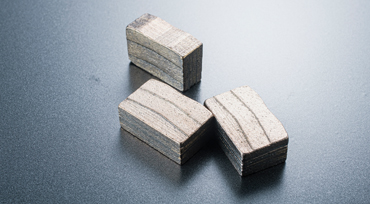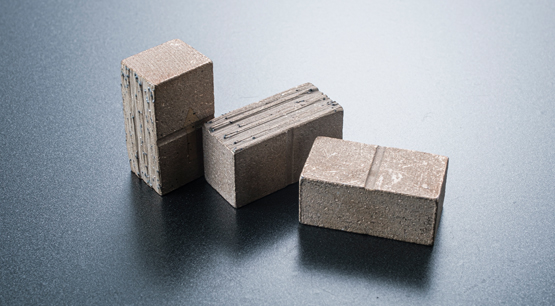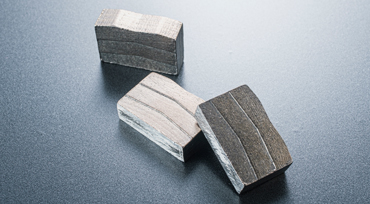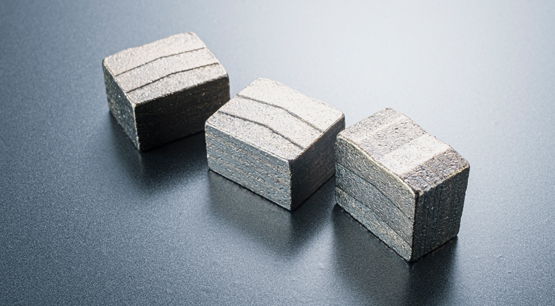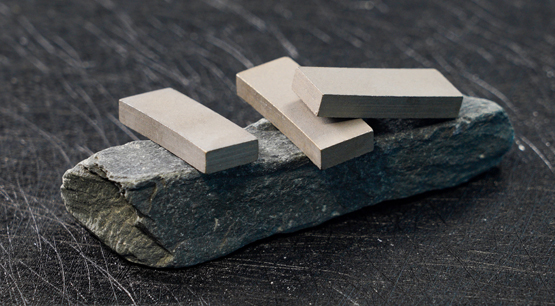During the high-temperature sintering process of the diamond segment, the surface of the diamond will be graphitized. Excessive graphitization will lead to the reduction of diamond cutting performance and weakening of the holding force. In addition, too high sintering temperature will lead to serious powder densification and increased wear resistance. If cutting the stone with low wear resistance, lowering the sintering temperature is the best choice. So how to reduce the special What about the sintering temperature of the cutting tool? It is mainly adjusted by adding the following metals: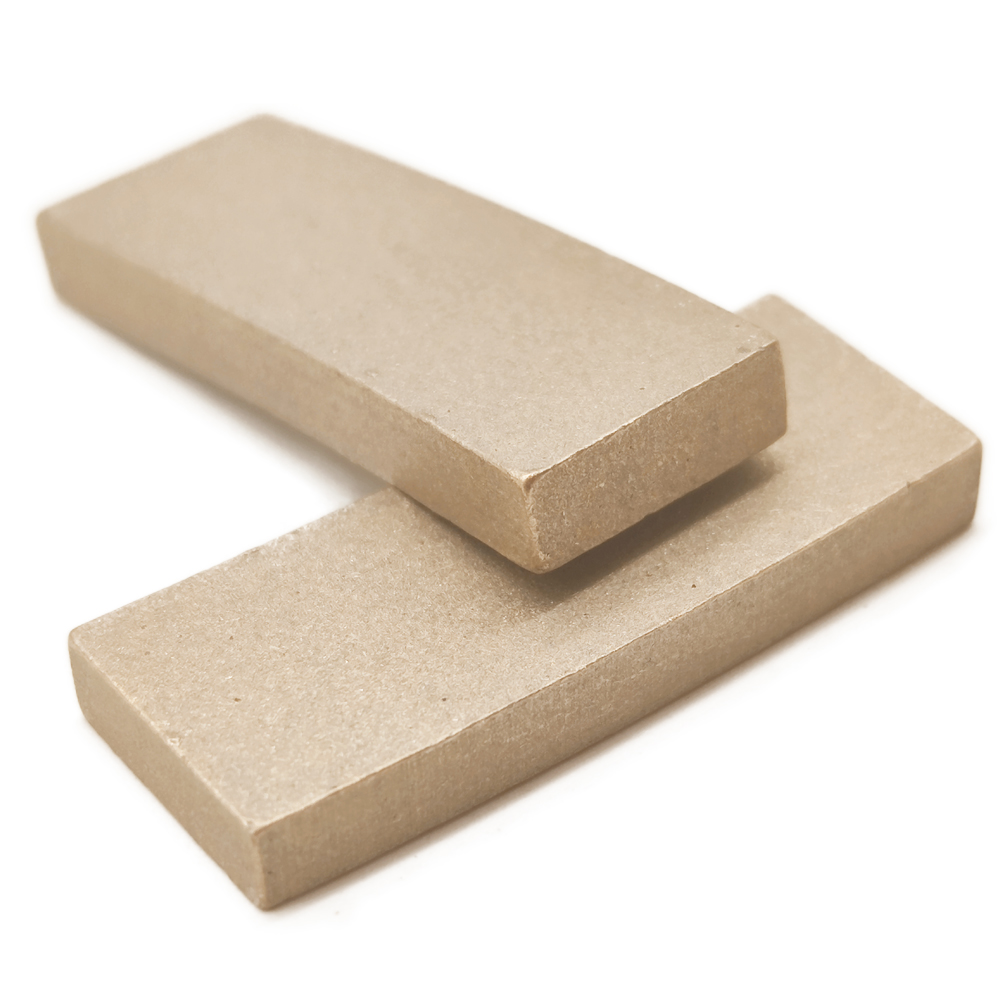 1: Adding copper powder can significantly reduce the sintering temperature of the diamond segment
1: Adding copper powder can significantly reduce the sintering temperature of the diamond segment
The reason why red copper and copper-based pre-alloys are widely used is that copper-based binders (copper-iron pre-alloys, copper-tin alloys, brass, etc.) have satisfactory comprehensive properties, low sintering temperature, good formability and excellent sinterability and compatibility with other metal elements.
① Although Cu has almost no adsorption to diamond, the alloy of certain elements and copper can greatly improve the adsorption to diamond. For example, Cu and one of the carbide-forming elements Cr, Ti, W, V, Fe, etc. are made into Cu alloy, which can greatly reduce the adsorption degree of copper alloy to diamond.
① White copper alloy has higher strength than bronze and brass.
② Bronze alloy has the lowest adsorption to diamond (graphite) and is most used in diamond tools.
③ The strength of brass is between the two.
Cu forms a variety of solid solutions with Ni, Co, Mn, Sn, Zn, etc., which strengthens the base metal.
The adsorption of copper to the framework materials W, WC, TiC, etc. is much better than that of diamond.
2: Adding nickel powder can significantly reduce the sintering temperature of the diamond segment
Nickel is an iron-loving element with very good ductility, toughness and oxidation resistance. It can be infinitely miscible with copper. Nickel is an element that promotes austenitization and expands the α-phase region. It is difficult to react with C. The internal interface reaction of diamond hardly occurs. However, liquid Ni can be firmly attached to the surface of carbon fibers to form an extremely thin film.
Ni is an indispensable element in the metal bond of diamond tools.
Adding Ni and Cu to the Fe-based alloy can reduce the sintering temperature and reduce the thermal corrosion of the bonding metal to the diamond. Choosing an appropriate combination of Fe and Ni additions can greatly improve the holding force of Fe-based binders on diamonds.
Nickel adheres to the diamond surface in the form of a film, and generally no interfacial reaction occurs.
All in all, adding copper powder and nickel powder to the iron-based segment can greatly reduce its sintering temperature, and there are other benefits. The following six points are summarized:
1. The linear expansion coefficient of nickel is generally smaller than that of copper, slightly larger than that of iron and cobalt, and less different from that of diamond.
2. When a certain amount of nickel becomes liquid at a certain temperature, a very thin film can be formed on the surface of the diamond, and the adhesion to the surface of the diamond is very strong.
3. Copper and nickel can dissolve each other, and nickel can have a solid solution strengthening effect to improve copper strength, hardness, wear resistance and corrosion resistance.
4. As an effective surfactant, adding a small amount of nickel can improve the adsorption of copper to diamond.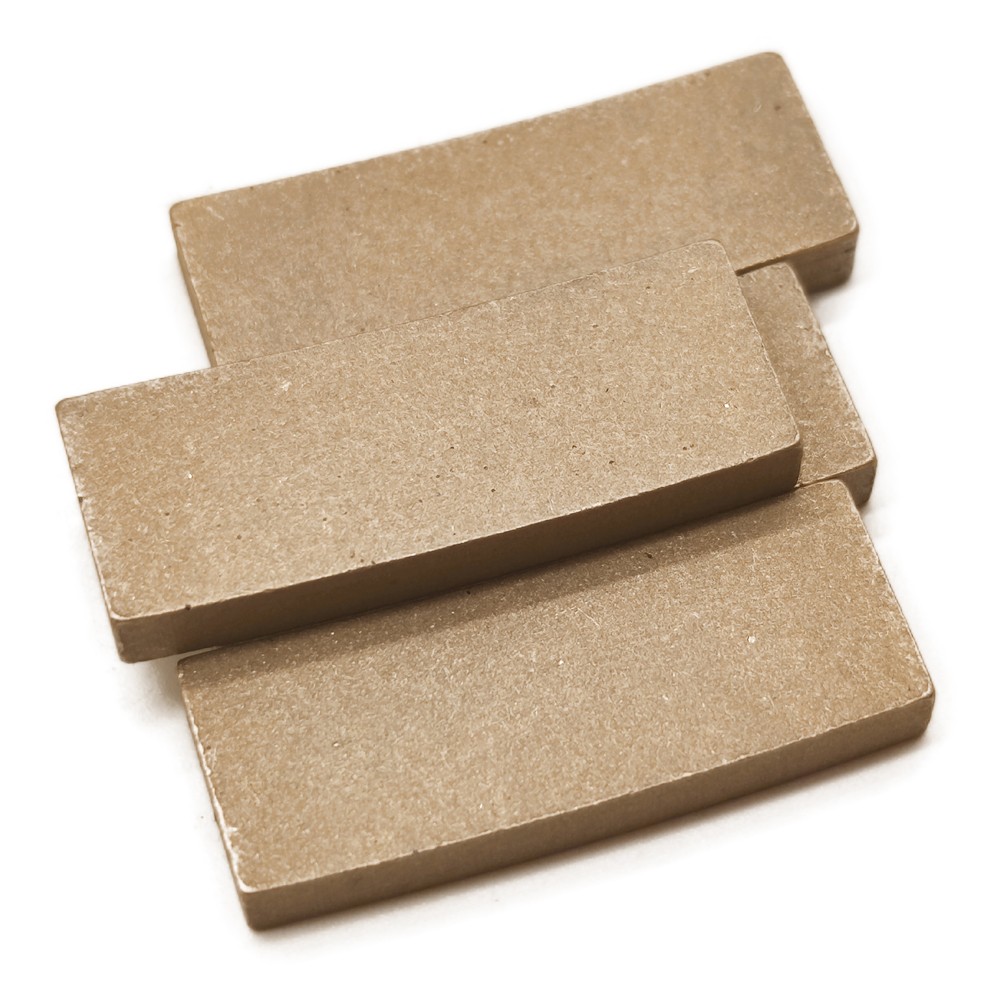 5. The addition of nickel can also control the loss of low melting point elements. Adding nickel to copper-tin alloy can play the role of solid solution strengthening and dispersion strengthening, refine particles, promote uniform flow between liquid metals, promote densification process, and improve the strength of the matrix. And toughness, strengthen the mechanical wrapping strength of the matrix to the diamond, which is beneficial to improve the sharpness and life of the tool.
5. The addition of nickel can also control the loss of low melting point elements. Adding nickel to copper-tin alloy can play the role of solid solution strengthening and dispersion strengthening, refine particles, promote uniform flow between liquid metals, promote densification process, and improve the strength of the matrix. And toughness, strengthen the mechanical wrapping strength of the matrix to the diamond, which is beneficial to improve the sharpness and life of the tool.
6. Adding nickel and copper to the iron-based alloy can reduce the sintering temperature and reduce the thermal corrosion of the bonding metal to the diamond.

What can be added to the iron-based diamond segment to reduce the sintering temperature?
Publish date:2023-02-20 11:59:34 Article From:LINSING diamond tools Clicks:



